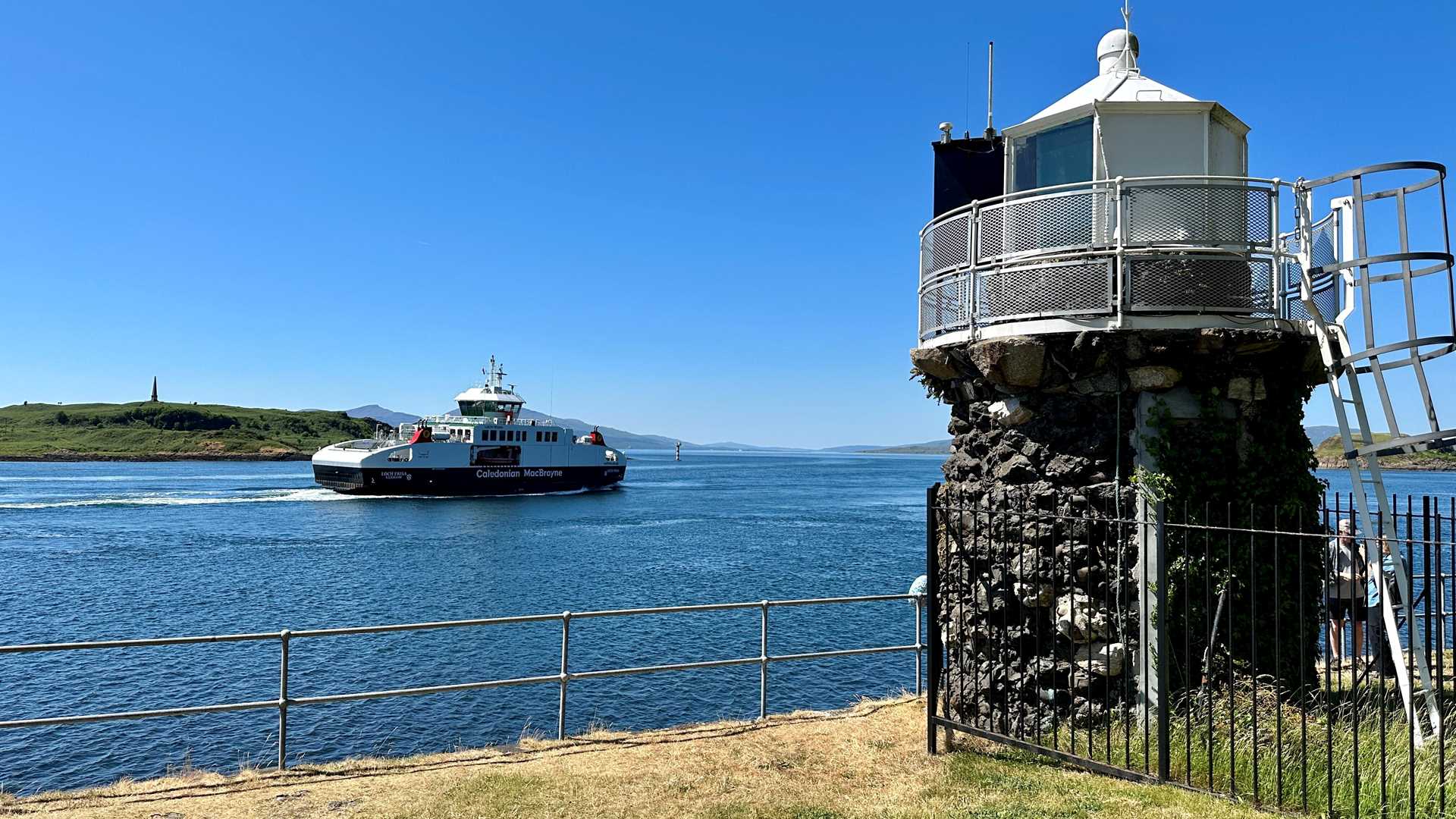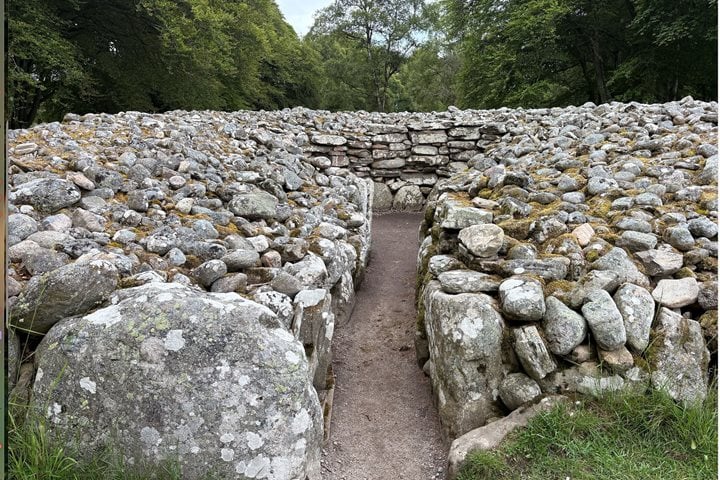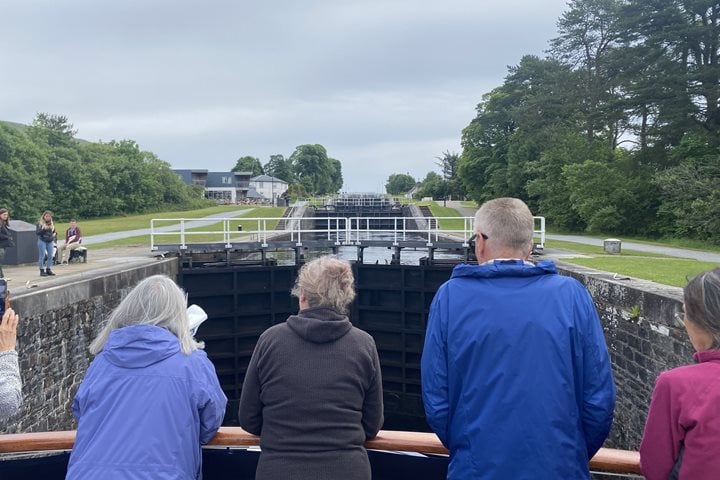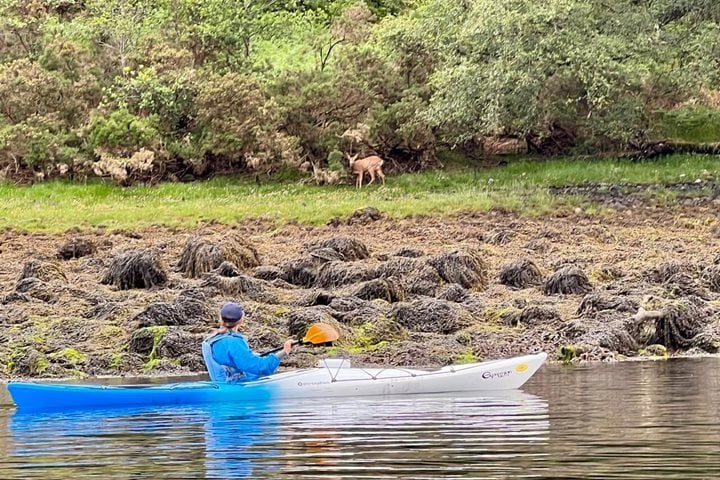We arrived in Oban aboard the Lord of the Glens this morning. The town of Oban is built around its world-famous distillery. We started the morning with a lovely hike through town and around the coast to Dunollie Castle. Guests also had the option to hike up to McCaig’s Tower, a landmark structure. Taking inspiration from the Roman Colosseum, the tower is visible as you enter the port of Oban and offers a great view of the town. We wrapped up the evening with a whiskey tasting from a local representative of the Oban Distillery. As the sun set over Oban, we readied ourselves for another full day here aboard the Lord of the Glens.
Call +1.800.397.3348 or contact your travel advisor







